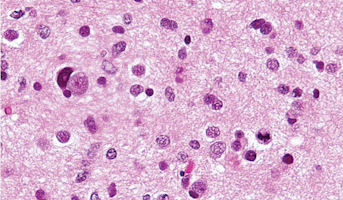Telomere Maintenance Across Multiple Brain Tumors
Email Principal Investigator
About this
Project
To keep Chromosomes bundled, telomeres act as caps on the ends of DNA strands. As cells divide, telomeres get shorter causing cell aging and death. It has been demonstrated that the dramatic shortening of telomeres could lead to the ability for cancer to continually grow and divide such as neuroblastoma. In this study, researchers seek to compare genetic information of various high grade gliomas (HGG) with telomere abundance using the Pediatric Brain Tumor Atlas. This knowledge could guide researchers and medical professionals in finding opportunities for new therapies.
Ask The
Scientists
What are the goals of this project?
Researchers will compare genetic information of various high grade gliomas (HGG) with information on telomere abundance, seeking to gain a better understanding of the sustained growth of brain tumors.
What is the impact of this project?
Previous research has shown that telomeres replacement can support cancer cells continuous growth and division capabilities, pushing researchers to study the connection of telomeres and the growth and sustained cell division in pediatric brain tumors. This information will guide further research and development of new therapies.
Why is the CBTN request important to this project?
The Pediatric Brain Tumor Atlas is the largest database of its kind, containing information across pediatric brain cancer types that will be invaluable for analysis.
Specimen Data
The Children's Brain Tumor Network contributed to this project by providing access to the Pediatric Brain Tumor Atlas.
Meet The







